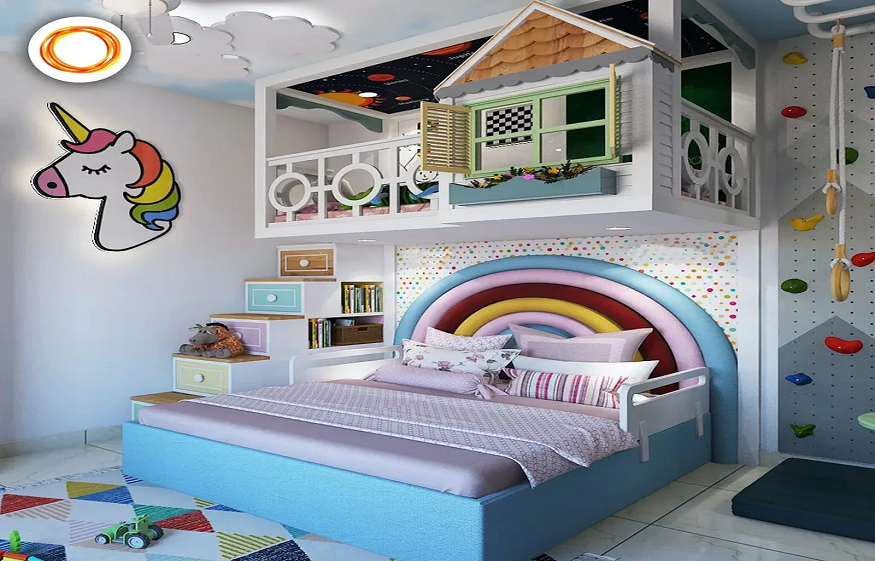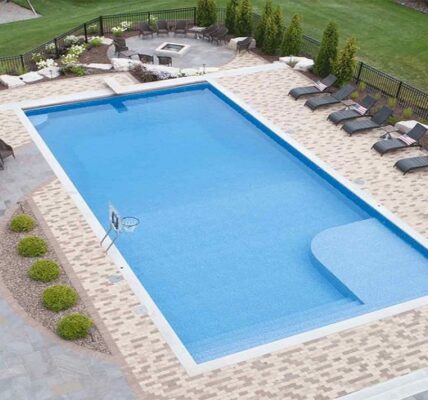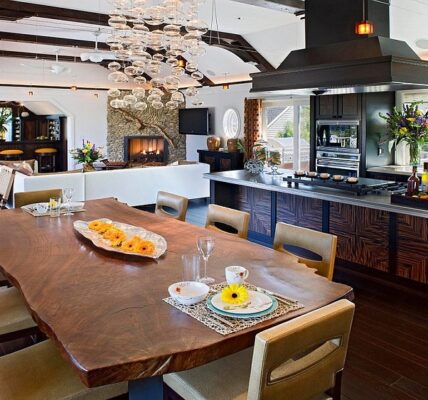1. Choose a theme
The best way not to get overwhelmed is to choose a specific theme and use it as the basis for making most of your decisions. When you choose a theme, you narrow down your options. Rather than having to choose between twenty different wallpapers with twenty different colors and themes, you can start with a color or subject idea and search from there. Choice paralysis can make decorating an unpleasant and messy experience, instead of what it should be. Choosing a theme can also help make your nursery more special, especially if you have a baby due soon. If you want a floral and fairy theme, you can decorate the room with soft pastels. You can also opt for a nautical, oceanic theme, and have lots of cute toys depicting sea creatures.
2. Choose practical lighting arrangements
It is important to focus on lighting when designing a child’s room. Not only do babies need night lights to sleep safely, but the temperature and appearance of a light dramatically changes the look of the room. For example, if you have warm, yellow light, the room will look cozy and aged. If you have cooler light, the room will be cleaner and more clinical. Also think about how best to prioritize the sleep scheduleof your child. You don’t want the light to be too bright and upset the baby’s circadian rhythm. You want to balance your lighting between these two poles to prioritize comfort and cleanliness, without making the room feel dusty or dingy.
3. Don’t be afraid of fun colors
When you start decorating your nursery, don’t be afraid to introduce fun colors and patterns. A child will tire of neutral and bland colors. Minimalism is all the rage for adults, but kids need stimulation, especially when they start talking or walking. A theme will help you choose a few interesting colors without taking you off the beaten track. For example, if you want to give your nursery a warmer look, you can add more orange patterns and colors. If you want to make it cooler, you can add blue and purple accents. You can also consider balancing your dark and light values to make certain parts of the room stand out.
4. Use fancy wallpapers
Wallpaper is an amazing way to add character and flair to your nursery. Whether you opt for floral, geometric or animal patterned wallpaper, there are plenty of ways to incorporate it into your bedroom decor. This is the best way to establish your theme. Choosing your wallpaper first will help the rest fall into place.
5. Incorporate decorations and toys from recognizable people
A great way to fill a decorating space is to have personalized items throughout the room for different people in your child’s life. Maybe there’s a picture of grandma or a stuffed animal from a particular aunt. This will give you a way to organize gifts and help your child remember family members by making them part of their regular routine.
6. Keep essential gear near the changing table
When it comes to decorating a child’s room, you need to keep the location of the changing table in mind. Try to keep the changing table close to the rest of the room, so you can easily access it when you need to change your baby’s diaper. If the aesthetics of the baby’s room are important, efficiency comes first. You don’t want to trip over misplaced furniture or have essentials and clothing far from where you’ll need them. In general, interior design is best when the form of a room follows its function.
7. Don’t stress, a baby doesn’t care how their room looks.
No matter how hard you plan, chances are you’ll make mistakes while decorating your nursery, especially when it comes to doing things for the first time. In this case, do not stress too much and remember that a baby does not care what his room looks like, as long as he has a place to sleep and something to play. The design of a child’s room is mainly for you as a parent. Your needs are paramount in the process, so you don’t have to stress about whether something is perfect. If you like it and if it makes your routine easier, it’s perfect.









